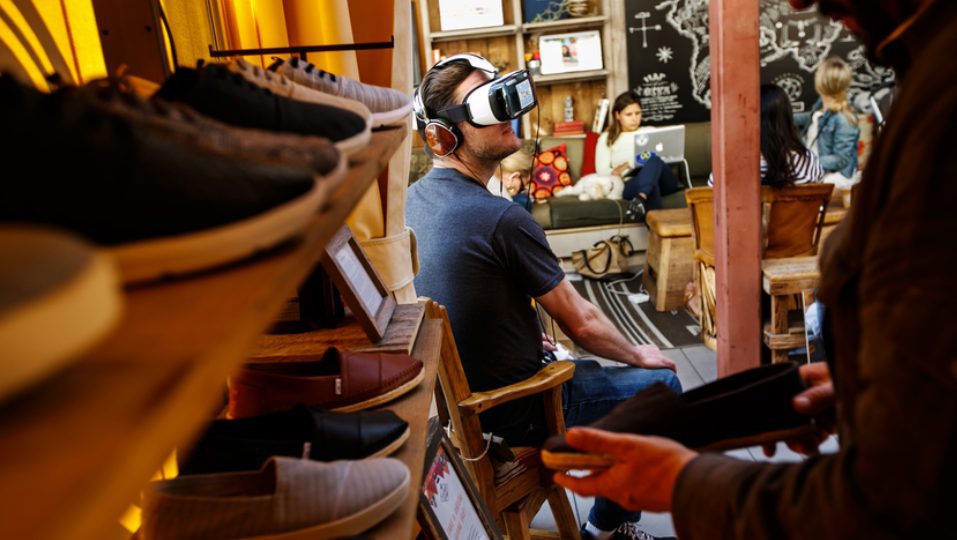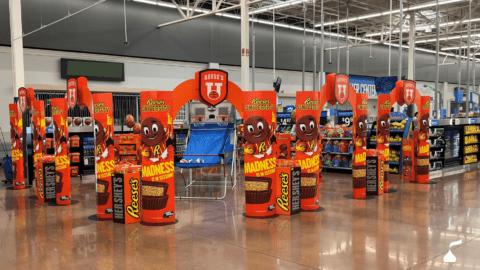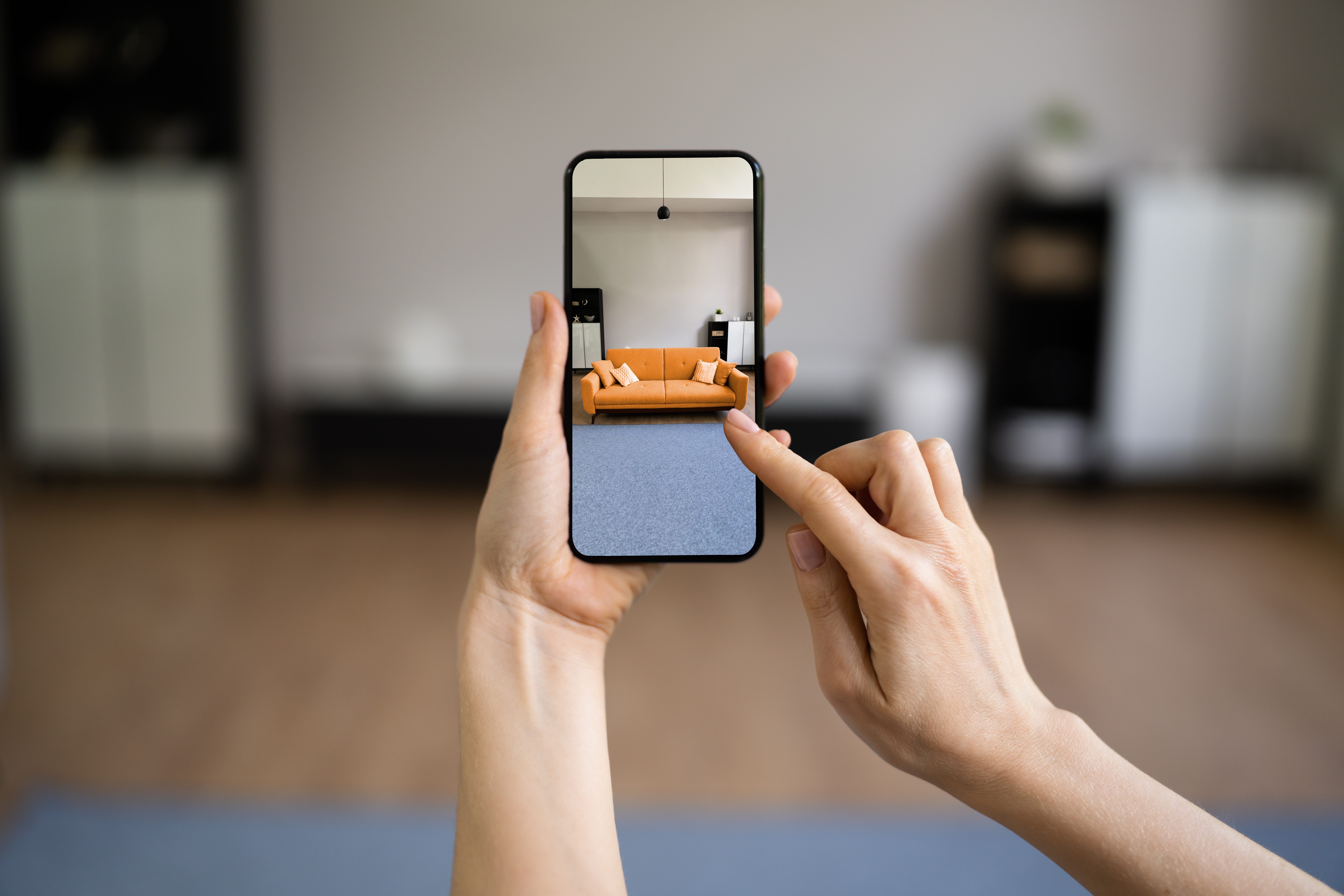Although 46% of retailers say they plan to deploy AR or VR solutions by 2020, it appears that real-world deployment of these technologies remains low — at least in the eyes of the consumer. More than 60% of shoppers have yet to encounter VR or AR applications in-store, according to a report from Periscope By McKinsey.
When it comes to practical applications for VR/AR technologies, shoppers say they are most likely to use them if they provided additional product information. French shoppers led the way at 65%, followed by the U.S. (62%), the UK (57%) and Germany (54%).
As many 59% of U.S. respondents also said that they would use VR/AR applications to see a product in context and explore its functionality or suitability — for example, visualizing how a paint color would look on a wall. This sentiment also was echoed by shoppers in France (62%), the UK and Germany (56%).
In February 2019, Periscope By McKinsey conducted online research targeting 1,000 U.S. consumers as well as 500 shoppers each from France, Germany and the UK to compile the report, titled: The Future Of Shopping: Connected, Virtual And Augmented.
Product Browsing, Recommendations Lead Use Cases For Touchscreen ‘Virtual Shelves’
Consumers in these countries also hold high hopes for touchscreen technology. The touchscreen, or smart “virtual shelf,” gives consumers fast fingertip access to the entire product portfolio, both in and out of the store.
Browsing products was the top use case for respondents in France (65%), the U.S. (64%) and the UK (59%), followed closely by receiving similar product recommendations (U.S. 59%, France 58%, UK 54%). For German consumers, browsing products (54%) and getting similar product recommendations (54%) scored equally high as the top application choice.
The convenience of being able to use a branded virtual shelf outside a store’s location to make purchases exerted a strong appeal for consumers in the U.S. (58%), France (55%), the UK (54%) and Germany (46%).
U.S. Shoppers Welcome Cashierless Experiences; European Shoppers Are Warming Up
Beyond the deployment of VR and AR technologies, the study examined consumers’ interest in cashierless store experiences. Shoppers expressed a strong intent to make more use of their phones to “scan-pay-go” in the future, circumventing the need to go through a manned point of sale to check out. U.S. consumers (60%) are the most eager to embrace this option, which is unsurprising considering U.S. retailers are deploying more cashierless tests than their European peers. There’s strong interest among non-U.S. shoppers: a significant number of consumers in the UK (55%), Germany (49%) and France (48%) also plan to use this method.
Privacy, Security Still Major Concerns
Eliminating friction with cashierless checkout would represent a major change in the store experience, but retailers should be mindful that consumers are concerned about how these innovations could impact privacy and security. For example, having their in-store movements tracked was the top security concern for German (43%) and UK (39%) consumers. In the U.S., the top concern was the need to surrender phone and email information (38%). In France, the biggest concern was putting payment card information online (47%), which came second in Germany (40%) and the U.S. (37%).
“In-store experiences are getting a new lease on life, and those retailers able to bridge their online and offline channels in a way that consumers can seamlessly interact with will be the winners,” said Brian Elliott, Partner and Head of Innovation at Periscope By McKinsey in a statement. “The real challenge for retailers is learning how to personalize the experience for individual consumers by powering cross channel analytics using the data available to them, without neglecting customers’ security and privacy.”
The research also highlighted that Generation Z and Millennial shoppers are just as concerned about security and privacy risks as older consumers, and that they are not as apathetic as they are usually portrayed. Having their in-store movements tracked was a top concern for consumers aged 18-39 in Germany (45%) and the UK (35%). However, for 46% of French and 37% of U.S. shoppers in this age group, placing their card information online was their biggest concern.













